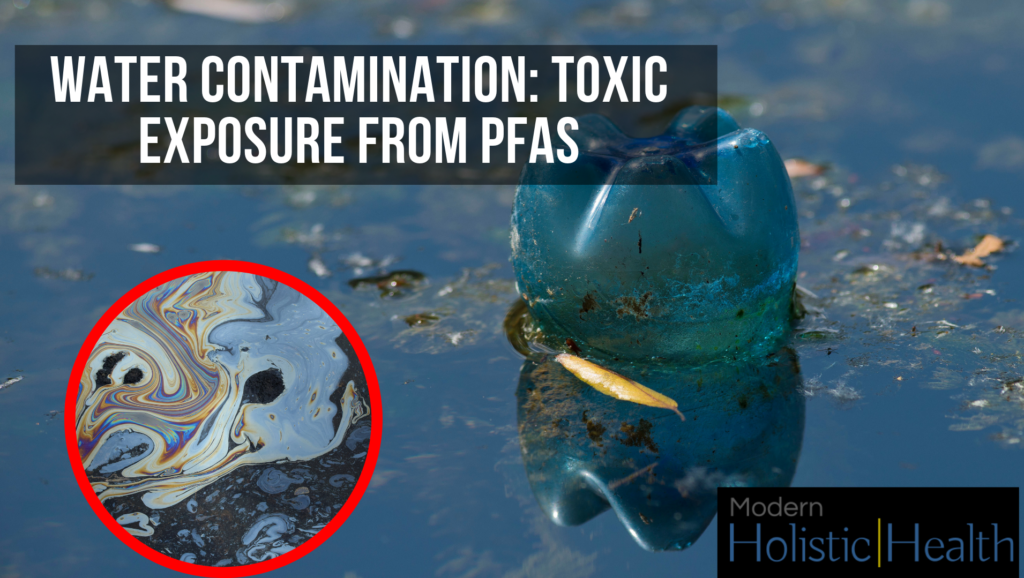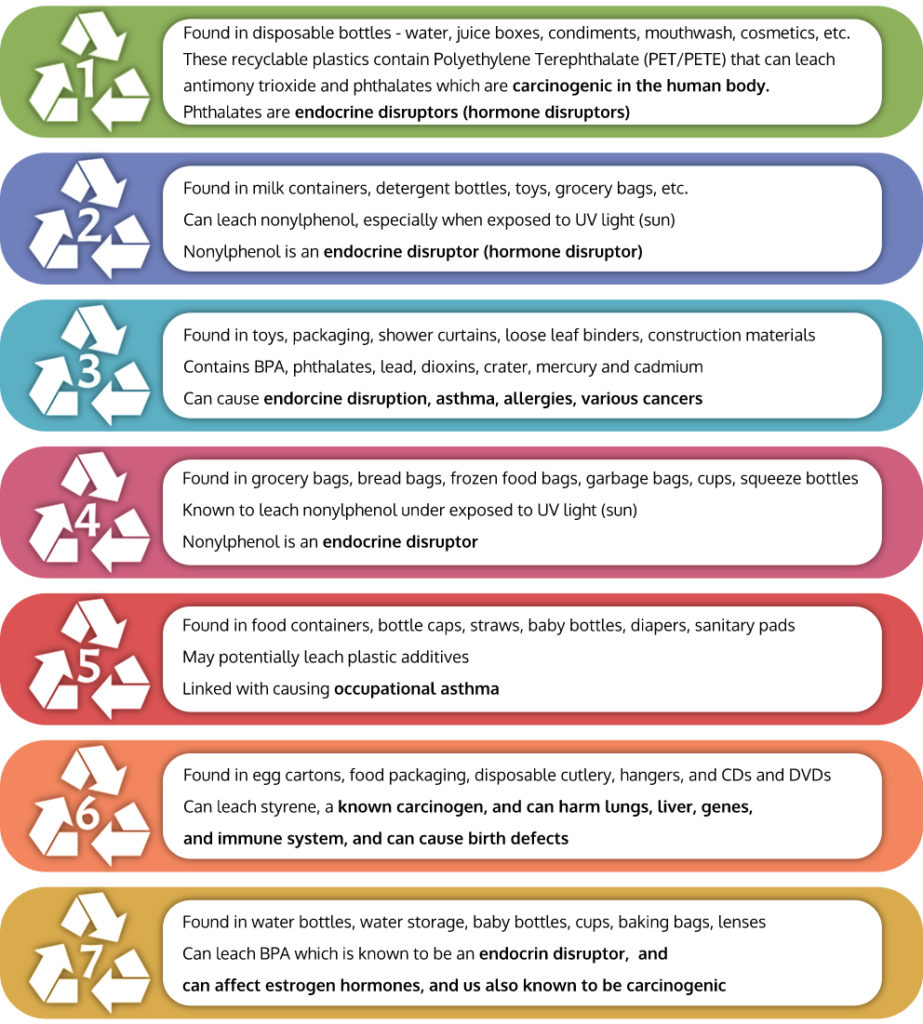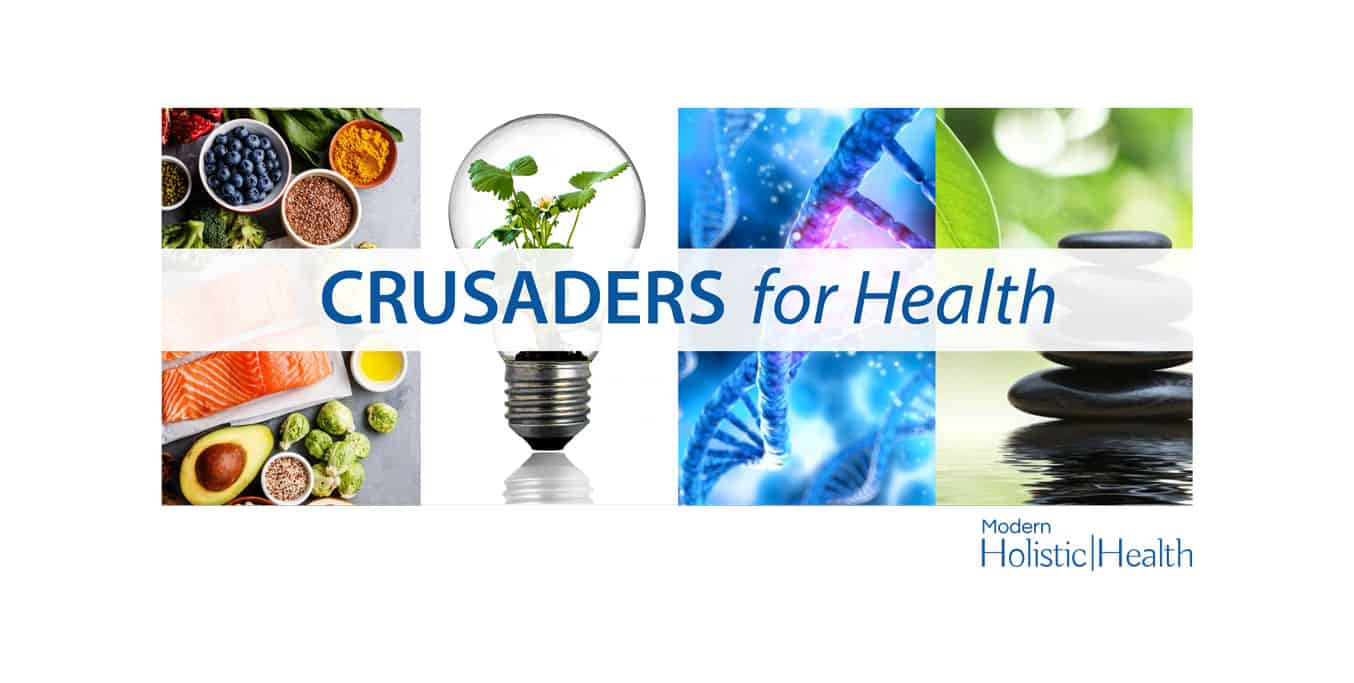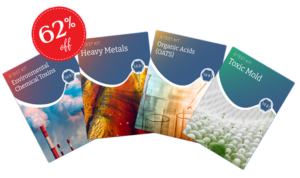
In August of 2019 I first wrote this article about the then recent coverage around toxins like PFAS found in our bottled water in Connecticut, but the information and story behind PFAS goes much deeper than traces being found in our bottled water. This month, in mid Janurary of 2020 the Environmental Working Group released a shocking report revealing that these same toxic fluorinated chemicals (PFAS) have been found in the drinking water of dozens of U.S. cities, including major metropolitan areas such as Philidelphia, Houston, Miami, San Fransico, San Diego, Atlanta, Charlotte,and Washington, D.C. just to name a few.
PFOA, one of the most harmful of the PFAS chemicals, has made its way across the globe contaminating every living organism on the planet. PFOA and PFAS don’t break down in the body or the environment. In fact, scientists haven’t been able to determine the half life of these chemicals at all (the amount of time it takes for them to break down to half the amount). Because these chemicals don’t break down, they accumulate in our bodies and in the environment. In the U.S. 97 percent of humans have traceable amounts of PFOA in their blood and its known that these toxic chemicals are linked to birth defects, testicular and liver cancer, infertility, metabolic disease, decreased immune function, and other diseases.
60 years ago chemical manufacturers like 3M and Dupont started using these chemicals, that were originally designed for military use, in everyday household products like non stick cookware, carpeting, stain resistant/water repellent clothing, microwave popcorn bags, dental floss, and many more items people are in contact with every day. In addition to exposure from consumer products, billions of tons of these toxic chemicals have been dumped into our rivers, and landfills, contaminating our air and our water. These companies were ‘self regulated’ rather than having regulation by the EPA with regards to these chemicals. Even though these companies knew about the severe toxic effects from their own internal studies they never released their findings and instead covered up their knowledge of their discoveries and continued dumping these toxins in the environment and exposing consumers around the globe to these known toxic chemicals.
The recent film, Dark Waters, featuring actor and activist, Mark Rufallo, shows the story of the real life corporate attorney, Rob Bilott, and how he has been exposing the unethical practices of chemical manufacturing companies like Dupont, and how he spearheaded the largest epidemiological study on toxic chemicals ever conducted. Almost 20 years later he is still advocating for all US citizens, continuing his battle to have to have these chemical companies held accountable and the US government create better regulations to safeguard US citizens and to bring more awareness around this current toxic exposure to these chemicals that is ongoing.
In 2018 attorney Rob Bilott filed a nationwide class action lawsuit that is seeking to force these chemical companies to create an independent panel of scientists “tasked with thoroughly studying and confirming the health effects caused by contamination of human blood with multiple PFAS materials.” This panel would parallel the previous panel which was created by the earlier class action litigation in West Virginia. That panel, overseen by epidemiologists approved by lawyers from both sides in the suit, linked six diseases with PFOA exposure, including testicular cancer and kidney cancer.
While more awareness that becoming an advocate for our own health and environmental safety is growing, many unexpected sources of contamination still exist. For example, millions of dollars are spent by consumers each year on bottled water with the expectation that it is purified and free of harmful contaminants yet the recent press in August of 2019 revealed that toxic levels of PFAS were discovered in bottles of drinking water in Connecticut.
Apart from PFAS, with so many different toxins in our consumer products, water sources, and our air, becoming aware of where we are getting exposure and how these toxins effect our health, we can take proactive actions regarding our health. Plastics that are widely used every day also contain other toxins that you may be unaware of. Below are seven plastic packaging identification codes that are shown on all plastic containers denoted by a triangle surrounding a number between 1 and 7, usually found at the bottom of the water bottles or plastic containers. While many use these to identify what plastics can be recycled, it reveals much about the toxicity of common toxins found in plastic based products you might be using.

Water bottles and other plastic containers with a 1 inside the triangle tells us that these containers are made from PET/PETE (polyethylene terephthalate). PET plastics contain estrogenic compounds that leach into the food, water, or products stored within these containers or bottles. To make matters worse, PET plastic also leach toxic antimony trioxide into the water which is a known carcinogen (cancer-causing agent) and can contribute to skin problems, pregnancy issues.

Water bottles and plastic containers with a 2 inside the triangle tells us these containers are made from High-Density Polyethylene or HDPE. While some may consider this a safer alternative it’s important to understand how this plastic is affecting humans and our environment. This type of plastic accounts for 62 percent of all plastics produced globally and the most common contaminant found in our oceans. What makes this plastic so dangerous is that it absorbs toxic chemicals for up to 44 months making it a huge toxic substance which our marine life accidentally ingest. The inability for marine life to digest the plastics combined with the toxins that are absorbed by the marine life when these plastics get stuck in their bodies is a double whammy for our marine ecosystem. And there’s no denying now that our seafood is contaminated with these additional toxins. HDPE plastics are typically found in detergent bottles, plastic grocery bags, toys, and mild containers.

Plastic containers and bottles with the number 3 inside the triangle are made from PVC (Polyvinyl chloride) which is the most toxic and most harmful form of plastic. PVC contains toxic substances such as lead, phthalates, mercury, dioxins, and cadmium which can cause cancer, ADHD and other neurological diseases, asthma, allergies, can cancer. When burned it contains one of the most toxic chemicals known. These are found in carpet backing, construction materials, loose-leaf binders, flooring, shower curtains, oil jars, shampoo and squeeze bottles, mouthwash bottles, toys, cling wrap, and packaging. There’s no safe way to manufacture, use or dispose of PVC products. Congress has banned the use of PVC in toys and many states are concerned over PVC exposure because of it’s harmful neurological effects on children and developing fetuses.

Plastics labeled with a number 4 inside the triangle are generally considered safe. These types of plastics contain low-density polyethylene or LDPE. This type of plastic is commonly used in produce bags, squeezable bottles, bread bags, coated paper milk cartons, and hot/cold beverage cups. While LDPE does not contain BPA, it can leach estrogenic chemicals, much like HDPE especially when exposed to sunlight. While this is the least of the toxic plastics it’s important to note that a big problem with LDPE is mainly an environmental one because It is not recyclable via curbside and other recycling programs.

Any plastic with the number 5 in the triangle is also considered a safer alternative. This plastic is made from Polypropylene (PP) and is found in food containers like yogurt, ketchup, and syrups. It’s also found in bottle caps, staws, baby bottles, diapers, sanitary pads, the wraps for butter and is found in many appliances and in cars. While this type of plastic is relatively safe it can leach plastic additives that have been linked with asthma.

Plastics labeled with a number 6 are considered toxic. These are made from polystyrene commonly found in egg cartons, food packaging, containers, disposable cutlery, CD’s, medicine bottles, and test tubes. This chemical is a known carcinogen that is also found in second-hand cigarette smoke and significantly impacts the nervous system and brain and causes hormone disruption.

The last of the plastic codes to look out for is that with a number 7 in the triangle. This toxic plastic is referred to as ‘O’ which refers to all other plastics, ie, “everything else” and is made up of different types of plastics including bioplastics, PFAS ( polyfluoroalkyl substances) and also includes Polycarbonate and the highly toxic BPA plastics. Use of plastic in category 7 is a “Use at Your Own Risk” since you really have no idea what’s in it. Plastics in this category can leach BPA which as we mentioned above is a hormone disruptor that not only affects women with fertility problems and breast cancer, it affects children causing abnormal puberty onset, and men are affected with decreased sperm production and prostate cancer. It is also known to cause diabetes, obesity, resistance to chemotherapy, and other metabolic disorders.
To summarize, Plastics #1, #3, #6 and #7 shouldn’t be used unless absolutely necessary and should not be used around food, drinks, household products, or other products you are in contact with. Plastics in categories #2, #4 and #5 are generally considered safe. Be wary of putting them in the microwave, or exposing them to heat or sunlight even if they are labeled “microwave-safe”.


-
Modern Holistic Health
3267 Bee Cave Rd, Ste. 107-187 Austin, TX 78746 - 512.550.7933 | (888) 260-3377
- [email protected]







